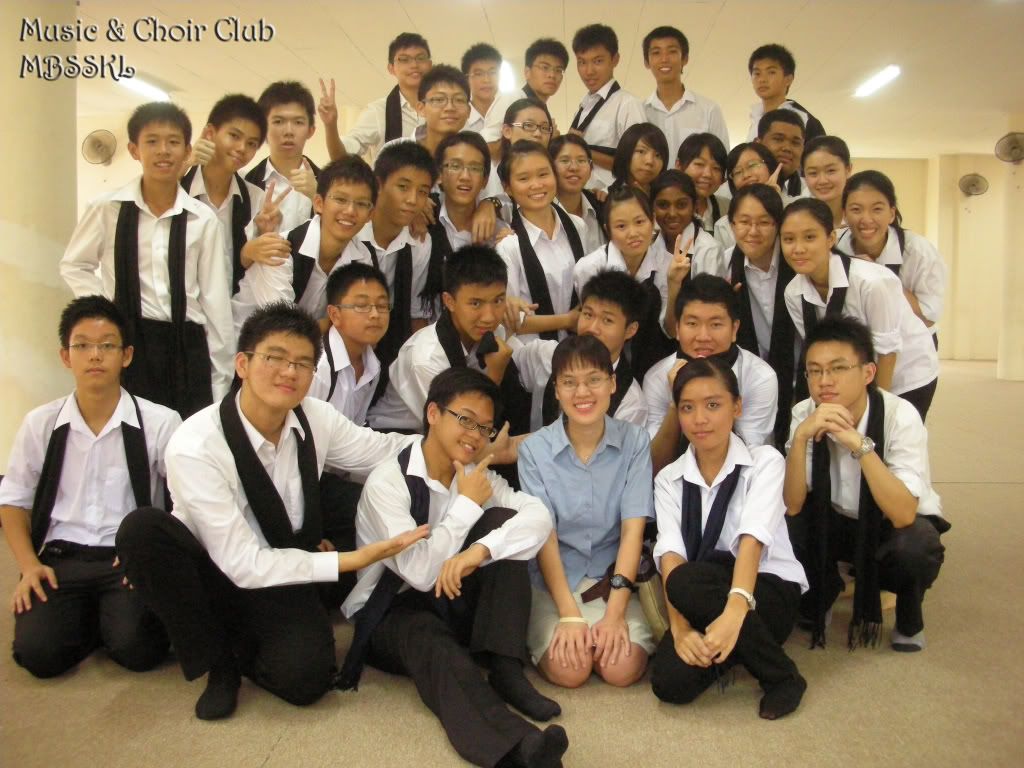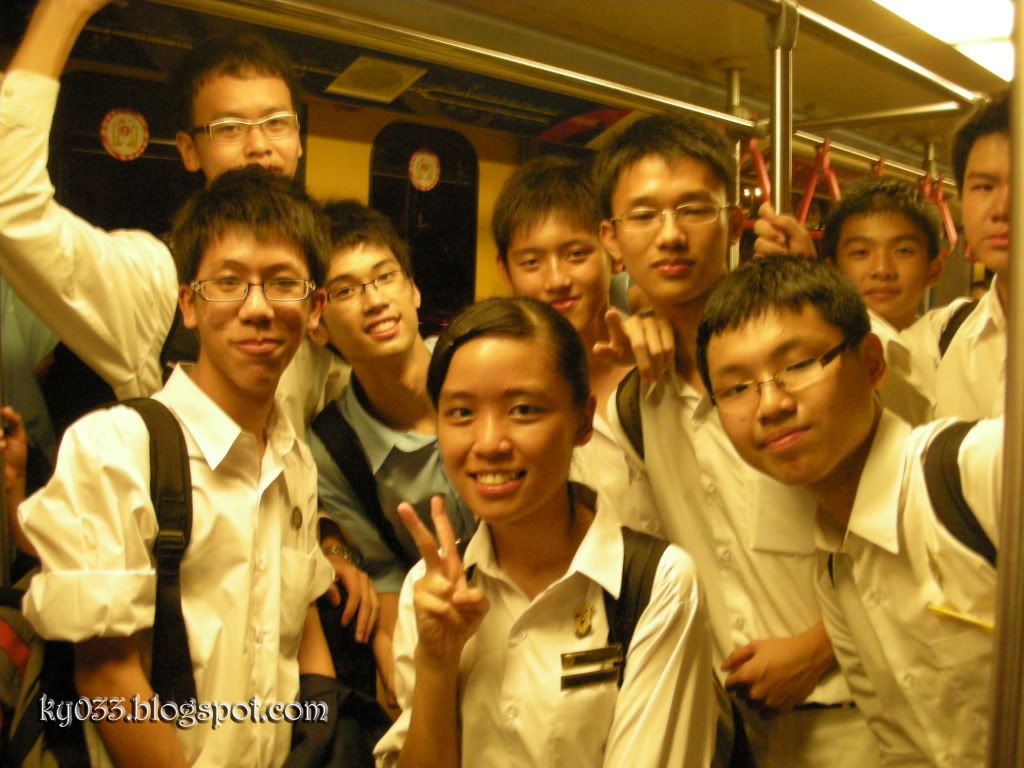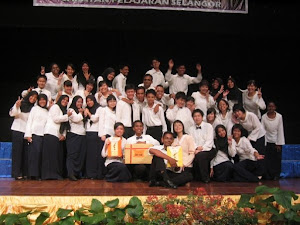Sunday, October 5, 2014
Published on 2014 Incheon Asian Games official blog on April 3, 2014: http://blog.incheon2014ag.com/wushu/
What springs to your mind when someone mentions “Wushu”? Thoughts of many Chinese martial arts movies such as “Crouching Tiger, Hidden Dragon”, or “IP Man” or even famous actors like Bruce Lee, Jackie Chan, Jet Li, and Donnie Yen might come about. Although this practice has been glamorized by the film industry, there is a rich history and tradition in this sport that originates from China.
Wushu
Wushu directly translates to “martial arts” and was first developed in 1949 to standardize traditional Chinese military practices. Often considered as one of China’s best kept secrets, this art form has not gained practitioners from all over the world but is growing in popularity. What began as a method of survival from China’s incessant wars and political upheavals, has transformed in modern times as a means of enhancing one’s health, improve self-defense skills, mental discipline, and also recreational competition. Wushu has been featured in the Asian Games since 1990 which took place in Beijing, China.
Two Types of Wushu in 2014 Incheon Asian Games
Not all types of Wushu will be competed in the Asian Games. In 2014 Incheon Asian Games, Wushu will be comprised of 2 major events: Taolu and Sanda.
A closer look at Taolu
Taolu (套路) is a routine contest that combines gymnastics and martial arts. Stance, sweeps, jumps, kicks, throw, punches and balances are some of the movements that can be changed according to the martial arts style as well as to highlight one’s strength. The lists of Taolu events include 4 categories for men and 4 categories for women as follows: Men – Changquan, Nanquan/ Nangun All-Round, Taijiquan/ Taijijian All-Round, Daoshu/ Gunshu All-Round and Women – Changquan, Nanquan/ Nandao All-Round, Taijiquan/ Taijijian All-Round, Jianshu/ Qiangshu All-Round.
Changquan
Generally known as Long Fist Kung Fu, Changquan (长拳) is often characterized by its acrobatic yet speedy positions. The coordination of eyes, hands, body, and the steps are as smooth as slithering snakes and as aggressive as raging waves on the sea. Here are the 11 essential movements of Changquan to note:
1. Gongbu (front or bow stance)
2. Xubu (empty stance)
3. Pubu (crouch stance)
4. Tantui (snap kick)
5. Chuaitui (sideward sole kick)
6. Housaotui (back sweep)
7. Dingzhou (elbow strike)
8. Koutuipingheng (cross-leg balance)
9. Quan (fist techniques)
10. Zhang (palm)
11. Gou (hook)
2. Xubu (empty stance)
3. Pubu (crouch stance)
4. Tantui (snap kick)
5. Chuaitui (sideward sole kick)
6. Housaotui (back sweep)
7. Dingzhou (elbow strike)
8. Koutuipingheng (cross-leg balance)
9. Quan (fist techniques)
10. Zhang (palm)
11. Gou (hook)
Nanquan
Nanquan (南拳)is a modern boxing or fist style from Southern China that was originated from a variety of traditional Chinese martial arts styles: Hong Jia Quan (Hung Family Boxing), Liu Jia Quan (Liu Family Boxing), Cai Li Fo (Choy Lay Fut), Hu He Shuang Xing Quan (Tiger and Crane Boxing), Mo Jia Quan (Mo Family Boxing), and Hakka Quan (Hakka Boxing). Its history can be traced back to Ming Dynasty (1368 –1644) when it was developed to train the soldiers. Nanquan is a hard and aggressive martial art as contrary to Taijiquan. It involves energetic wushu jumps, low stances, and extensive hand techniques that are often accompanied by shouts. As opposed to Changquan, Nanquan consists of weapon styles called Nangun (Southern Cudgel) and Nandao (Southern Broadsword). There are eight major techniques that are featured throughout the performance of Nanquan:
1. Diebu (Butterfly stance)
2. Qilinbu (Unicorn-riding stance)
3. Qilongbu (Dragon-riding stance)
4. Guagaiquan (Downward strike with crossed fist)
5. Paoquan (Uppercut)
6. Hengdingtui (Side nail kick or roundhouse kick)
7. Huzhao (Tiger’s claw)
8. Gunqiao (Rolling forearm)
2. Qilinbu (Unicorn-riding stance)
3. Qilongbu (Dragon-riding stance)
4. Guagaiquan (Downward strike with crossed fist)
5. Paoquan (Uppercut)
6. Hengdingtui (Side nail kick or roundhouse kick)
7. Huzhao (Tiger’s claw)
8. Gunqiao (Rolling forearm)
The Nanquan/Nangun (Men) & Nanquan/Nandao (Women) were crowned by Huang Guangyuan from China (left) and Lin Fan from China (right) in 2010 Asian Games:
Nandao
Nandao (南刀) or “Southern Broadsword” is a light-weight, steel martial art weapon. It is believed to be developed during the end of the Qing Dynasty (1644-1911) for training purposes by local peasants and rebels. Today, the weapon is designed for easier maneuver and gripping. Nandao was established in 1992 and introduced in International Kung Fu Championships. Its techniques are more fluid, flowing and elegant as compared to the Northern Broadsword, or also known as Dao. The 8 vital Nandao techniques comprised of:
1. Chantou (twine broadsword around the head)
2. Guonao (wrap broadsword around the head)
3. Pidao (chop with broadsword)
4. Modao (move broadsword horizontally)
5. Gedao (block with broadsword)
6. Jiedao (intercept with broadsword)
7. Saodao (sweep with broadsword)
8. Jian Wan Hua Dao (move broadsword with scissors wrist)
1. Chantou (twine broadsword around the head)
2. Guonao (wrap broadsword around the head)
3. Pidao (chop with broadsword)
4. Modao (move broadsword horizontally)
5. Gedao (block with broadsword)
6. Jiedao (intercept with broadsword)
7. Saodao (sweep with broadsword)
8. Jian Wan Hua Dao (move broadsword with scissors wrist)
Nangun
Nangun(南棍)or “Southern Cudgel” is one of the ‘long’ weapon routines in wushu that has a thicker cudgel. Its movements emphasize on hitting and delivering bone-breaking power, as opposed to the cutting and swinging techniques of the Northern Cudgel. Contrary to the Northern Cudgel, Nangun practitioners use both ends of the cudgel. You are able to spot a few significant movements of Nangun during the many competition as follows:
1. Pigun (chop with cudgel)
2. Benggun (tilt cudgel)
3. Jiaogun (envelopment with cudgel)
4. Gunyagun (roll together with cudgel)
5. Gegun (block with cudgel)
6. Jiqun (strike with cudgel)
7. Dinggun (push up cudgel)
8. Paogun (throw cudgel)
9. Buxing (stances)
2. Benggun (tilt cudgel)
3. Jiaogun (envelopment with cudgel)
4. Gunyagun (roll together with cudgel)
5. Gegun (block with cudgel)
6. Jiqun (strike with cudgel)
7. Dinggun (push up cudgel)
8. Paogun (throw cudgel)
9. Buxing (stances)
Watch for Wushu at Incheon
It is no surprise that China has created some of the world’s most ancient and interesting martial arts. Wushu consists of a variety of different practices with not only your body but with specialized weaponry as well. Since its creation, it has widely been practiced for self defense reasons but also for recreational and competitive ones. It will surely be one of the most exciting sports that will be part of the 2014 Asian Games in Incheon. Be sure to tune into the Games this fall and witness the graceful but powerful moves this sport will display.

The official 2014 Incheon Asian Games Writer ‘IAG-Crew’ ㅣKit Yee, Thoong
Labels: 2014 Asian Games, Asia, asian games, athlete, iag, IAG crew, incheon, incheon asian games, korea, Martial arts, Sanda, south korea, sports, Taolu, wushu
0 Comments:
Subscribe to:
Post Comments (Atom)






















